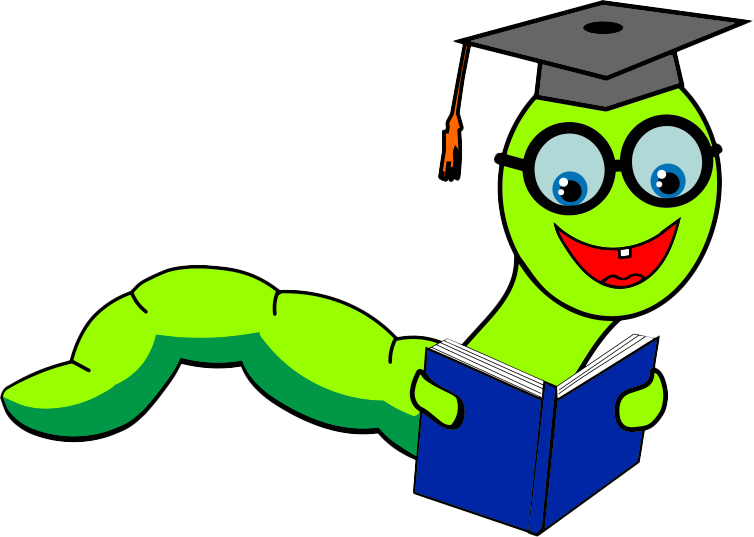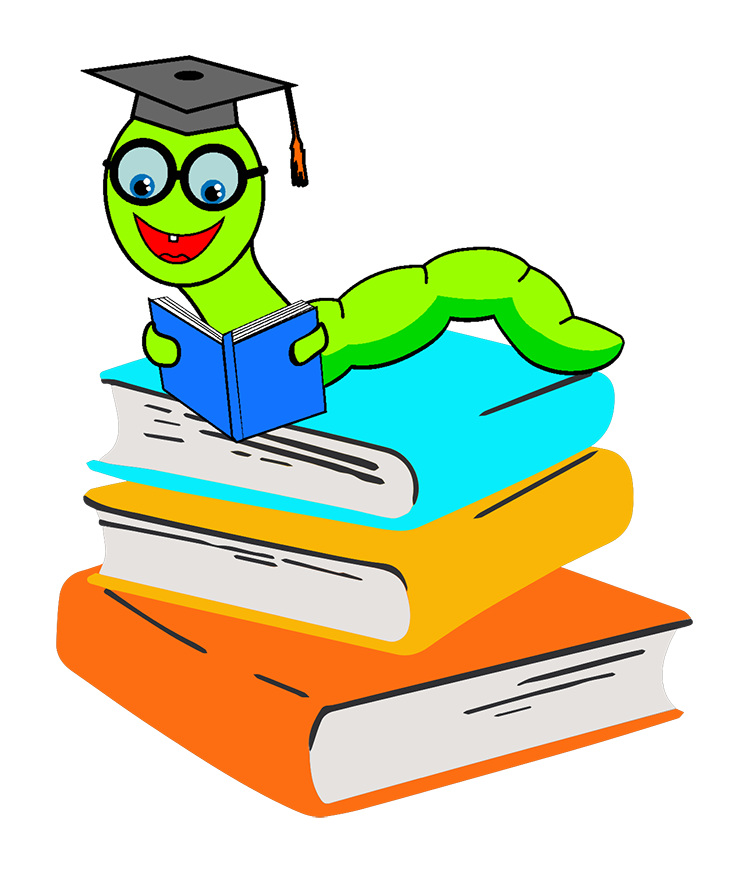
Hey there, fellow bookworms and word enthusiasts! Today, we’re joining Inchy the Bookworm to find out what is the Science of Reading. Buckle up, because we’re about to dive into the world of words!
Meet Inchy: The Bookworm Extraordinaire
Before we ask what is Science of Reading, let’s introduce Inchy the Bookworm. He’s not your ordinary worm. He’s a bookworm! Inchy is known worldwide for his love for books. He’s a champion of literacy. You might have even heard of his famous book vending machine.
But wait, there’s more to Inchy than meets the eye. He’s not just about devouring books; he’s also a teacher at heart. When he heard about the Science of Reading, well, let’s just say he couldn’t contain his excitement. It turned into a five-part blog series, but hold on, Inchy – we’re getting there!
The Reading Revolution: Science vs. Tradition
For years, the reading world has been locked in a friendly battle – the “reading wars,” they call it. On one side, you have the traditionalists. These are the champions of the Dick and Jane approach. The other side are all about the Science of Reading. These two camps have been duking it out for ages. It’s even made its way into your living room through Hooked on Phonics commercials.
But lately, the tides are turning in favor of the Science of Reading. Decades of brain science and research figured out the best ways to teach kids how to read. So, say goodbye to the old ways, and welcome a fresh perspective!
Decoding the Science of Reading
Now, let’s unveil the grand mystery: What exactly is the Science of Reading? Well, it’s like the secret sauce for teaching kids to read. It’s the treasure map to unlock the world of words in a child’s brain.
At its core, the Science of Reading revolves around understanding how a child’s brain learns to read. Scientists have even used fancy gadgets like MRIs to peek into the brains of little bookworms in the making.
In practice, this method focuses on breaking down words into their building blocks. Kindergartners get to play fun rhyming games and clap out the syllables in words, all in the name of phonemic awareness. And guess what? They’re not just learning to guess at words; they’re learning to decipher them.
Why Does It Matter?
You might be wondering, why all this fuss about the Science of Reading? Well, here’s the scoop: not all kids become reading wizards by magic alone. About 30 to 40 percent of kids need the explicit instruction that the Science of Reading offers. It’s like giving them a secret decoder ring for words.
But there’s a twist. Some kids fall in between – they’ll eventually learn to read, but they won’t become literary superheroes without a little guidance. And that’s where the Science of Reading comes in handy.
But wait, there’s a hiccup.
Many colleges of education are still clinging to the old-school balanced literacy approach, leaving teachers with a gap in knowledge about research-backed methods. So, parents often find themselves filling in the gaps with tutors and workbooks, which can be expensive and create disparities.
That’s why Inchy the Bookworm, along with NAACP chapters, is on a mission to spread the word about the Science of Reading. They see literacy as a civil rights issue, and they’re here to educate parents and make reading accessible to all.
So, there you have it, folks!
The Science of Reading is like a magic wand that helps kids unlock the world of words. Thanks to curious creatures like Inchy, we’re on the path to a brighter, more literate future. Happy reading! 📚🔍🌟

